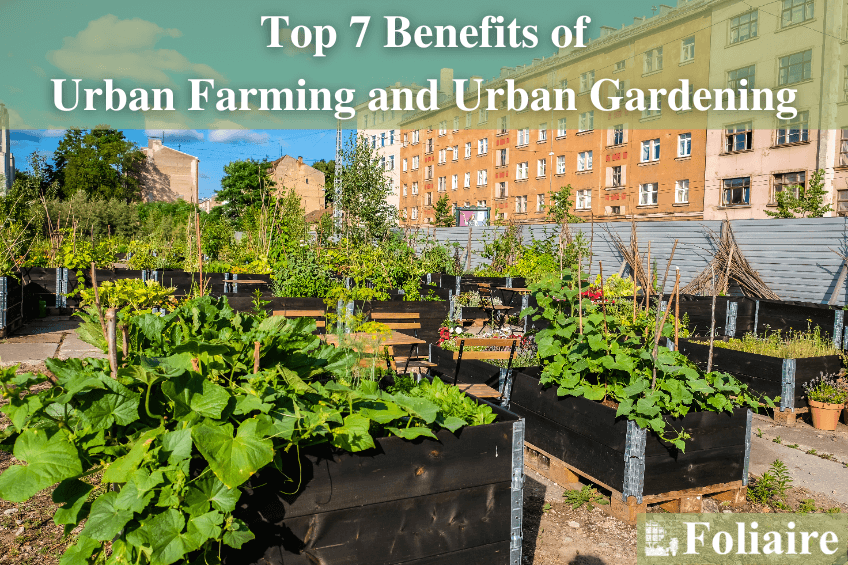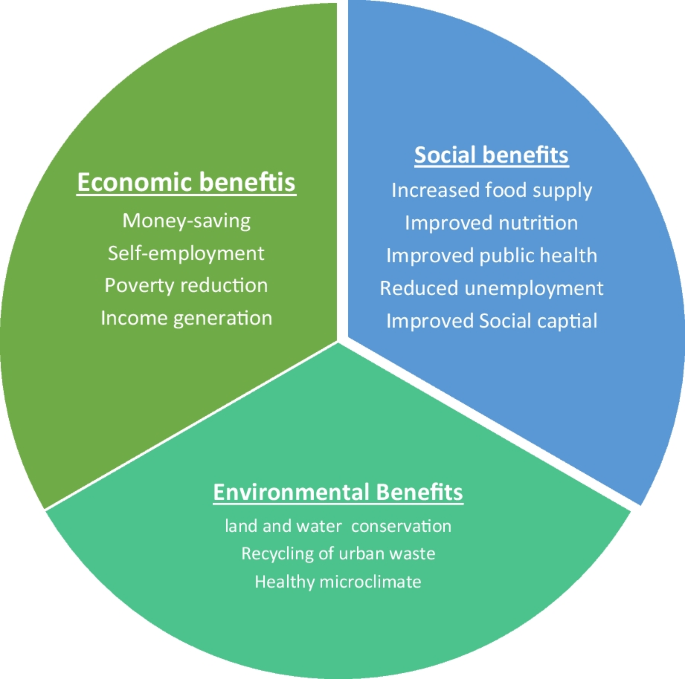What Does City Blooming Do?
What Does City Blooming Do?
Blog Article
Examine This Report about City Blooming
Table of ContentsCity Blooming for DummiesThe Ultimate Guide To City Blooming8 Simple Techniques For City Blooming6 Simple Techniques For City BloomingThe Single Strategy To Use For City Blooming
Nature has extraordinary effects on our physical and psychological wellness, so it's not a surprise that a basic delicious on a desktop computer or some potted natural herbs on a windowsill can quickly boost an area. Take those plants a step better, and you'll go across right into the territory of city horticulture, which brings much more advantages to people and areas alike.What Are Urban Gardens?Urban horticulture, sometimes known ascity gardening, is specified as "the process of growing green areas in metropolitan setups. "It includes a selection of jobs from metropolitan farming to patio area yards to neighborhood gardens - container and raised bed gardening etc.. Urban yards can be often tended by people, teams, business, or organizations. The quantity and variety of food expanded can differ commonly, in addition to the size of the task itself, but city horticulture initiatives are all rooted in a city setting.
Whether they are composed of a collection of pots on a terrace or a cluster of stories on an uninhabited lot, these yards provide even more than food, using a host of ecological, financial, and social benefits. Due to the fact that fruit and vegetables is expanded in regional setups rather than far-away farms, city gardening decreases transport demands, as a result lowering carbon emissions.
Examine This Report about City Blooming
Lasting and natural agriculture removes or minimizes a lot of the environmental harm that would be sustained by industrial agricultural techniques. Environment-friendly spaces in cities help in reducing the urban warm island impact. Urban agriculture stimulates regional economies and supports local food manufacturers. Area gardening tasks usually supply food at little or no cost, which assists reinforce food budgets and increase food security. Urban gardens can be tools of social modification that address inequities, systemic bigotry, and neighborhood advancement issues. Right here at Cravings For Adjustment, we make use of food as a device to develop wellness, wealth, and social change in North Minneapolis. We bring people with each other to learn, cook, eat, and expand food, creating modification that lasts.
Surf our shop, consider volunteering, or donate today to support our amazing impact in North Minneapolis! With each other, we can create well-rooted and growing adjustment!.

The key lesson we, as soon as again, need to learn is that cities are not divorced from nature. They belong of the bigger biome in which they lie. As planners and developers, we are educated to think holistically. While these fields advertise cities as valuable, no city is best not even close, and the vulnerabilities click site and affiliations of the global supply chain has actually influenced everyone in unpredicted methods.
An Unbiased View of City Blooming
I will certainly check out designs from the past that promoted city gardens and gardeners, and reveal what functioned and what did not. I will review the possibilities and obstacles of being a city gardener, what is required to establish up a garden of your own, and what laws and standards stand in the means of making cities much better at promoting city yards.
The amount of time wasted getting to and from standard workplaces has actually been well documented. The collected adverse impacts of pollution and stress and anxiety that result from travelling alone by vehicle as a lot of Americans do are significant.
The capacity to come to the office for collaboration and culture, and remain home for concentrated job is a concept that saves time, is better for the environment and is a smarter usage of minimal resources. What hasn't yet taken hold is the connection between these adjustments in behaviors and how cities might react.
See This Report about City Blooming
What are the health impacts of our cities unexpectedly overdesigned for cars? How can our city infrastructure (roads, energies) perform much better, not only as channels to move people and goods, however as contributors to all-natural systems? Urban phenomena such as smoke, bad water top quality and the 'heat island result' can be alleviated by greening our roads, energizing our lorries and growing our car park.
In a recent short article in the Wall Road Journal, Richard Florida talked about the sensation of 'zoom cities,' which bring in remote workers by producing a picture of a greater quality of life (fruit and vegtables). He wrote: "For cities, remote work transforms the emphasis from tempting business with special offers to luring talent with solutions and services
Urban horticulture currently has several options to aid you expand food wherever you have room, such as with container horticulture, hydroponic horticulture, and rooftop horticulture. This suggests you can control the location where you expand the food, and worry much less regarding ecological conditions like drought or chilly climate. You can choose what you desire to grow, exactly how you intend to grow it, and where you intend to grow.
Things about City Blooming
Expanding mass-produced food with typical farming approaches takes a lot out of the planet. Beyond the many sources that are made use of on the ranch, the food then has actually to be carried from where it is grown to a store near you. That requires melting a great deal of gas. On average in the united state, food is currently carried between 1,500 and 2,500 miles to reach the customer.

Report this page